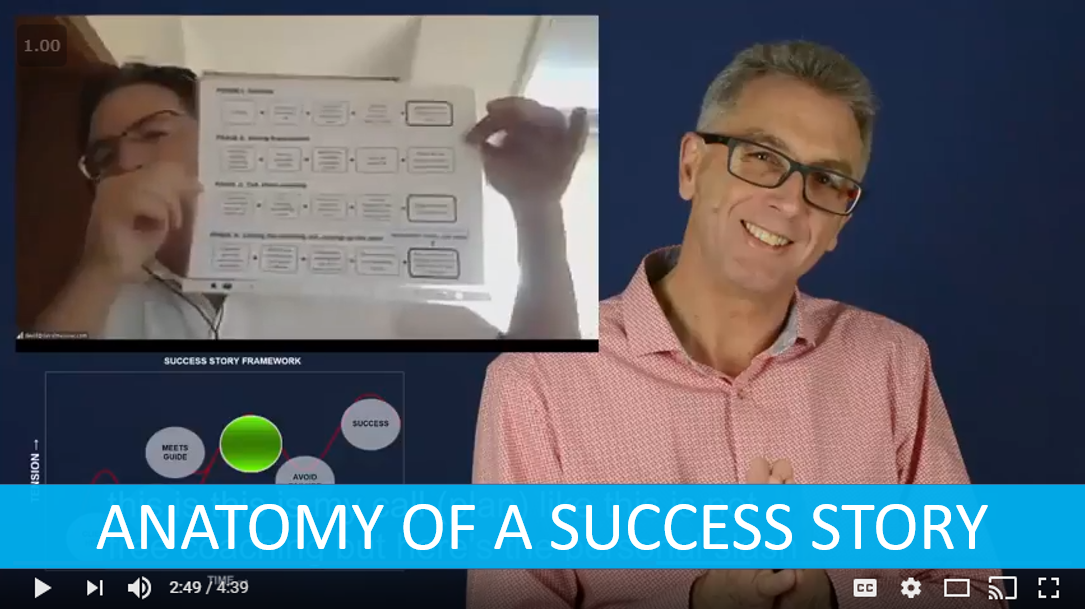The Bus

When we practise ''who have I helped' stories in our Growth in Focus story workshops most attendees tell business stories but occasionally a personal story is told which entrances the group.
Here is an example from workshop attendee Warren:
At various times in Warren's life he has taken up running to maintain his fitness.
While still living in South Africa in the late nineties, he determined to get up at six each morning and go for a run.
Part of the route that Warren ran each morning was along a wide but quiet two-lane straight road.
For comfort, he avoided the uneven gravel next to the road and ran on the tarmac edge. Warren ran on the opposite side of the road so that he could see approaching vehicles.
In the distance Warren saw an oncoming bus.
Since the oncoming two lanes were wide and clear, Warren assumed that the bus would move aside to give him space as he ran along the edge of the road.
But the bus did not move aside. Instead it passed so close that Warren was almost hit by the mirror and he was forced onto the gravel to avoid being run over. As the bus passed, Warren angrily turned around and raised his finger to give the driver the "bird".
As he continued running, Warren thought about what had happened and his own reaction.
He thought it likely that the African driver, who had no doubt struggled to make a living through the Apartheid era, resented having to move over for a young white person who could afford the luxury of running on the road for fitness.
Furthermore, Warren reasoned that his own angry reaction would in no way change the driver's attitude.
In an instant Warren resolved to not be that angry person.
The next morning, 6 am, Warren was running down the same stretch of empty road when in the distance appeared the same bus, obviously on a regular route. Warren maintained his position on the side of the road but as the bus approached he smiled and waved to the driver.
Again he was nearly run off the road.
Next morning same thing, Warren smiled and waved and the bus nearly ran him down.
But the next day when Warren smiled and waved there was a slight wave of one hand from the driver, and the bus didn't pass quite so close.
After that Warren and the bus driver would smile and wave to each other each morning and eventually the bus steered so far from Warren that it was almost in the oncoming traffic.
____________________________________
Company: Personal
Source: As told by Warren Nel at a Growth in Focus Story Workshop 2016
Reference:
Story Type: Values; Personal; Who have we helped
Labels: Values; Beliefs; Control; Personal
____________________________________
For Story Students
The Setting: South Africa when Warren was on one of his fitness kicks
The Complications: The oncoming bus neartly hit Warren
The Turning Point: Warren decided not to be the angry victim, rather to be a smiling friend to the bus driver
The Resolution: Warren and the bus driver became waving and smiling friends on Warren's morning runs
The Point of the Story: Warren and the bus driver became waving and smiling friends on Warren's morning runs
How to use this story: This is a story about personal values and how setting standards for your own behaviour can positively influence others. As Warren says it is about reversing the HAVE --> DO ---> BE sequence
Deciding what you want to BE influences what you DO which in turn leads to what you HAVE
____________________________________





